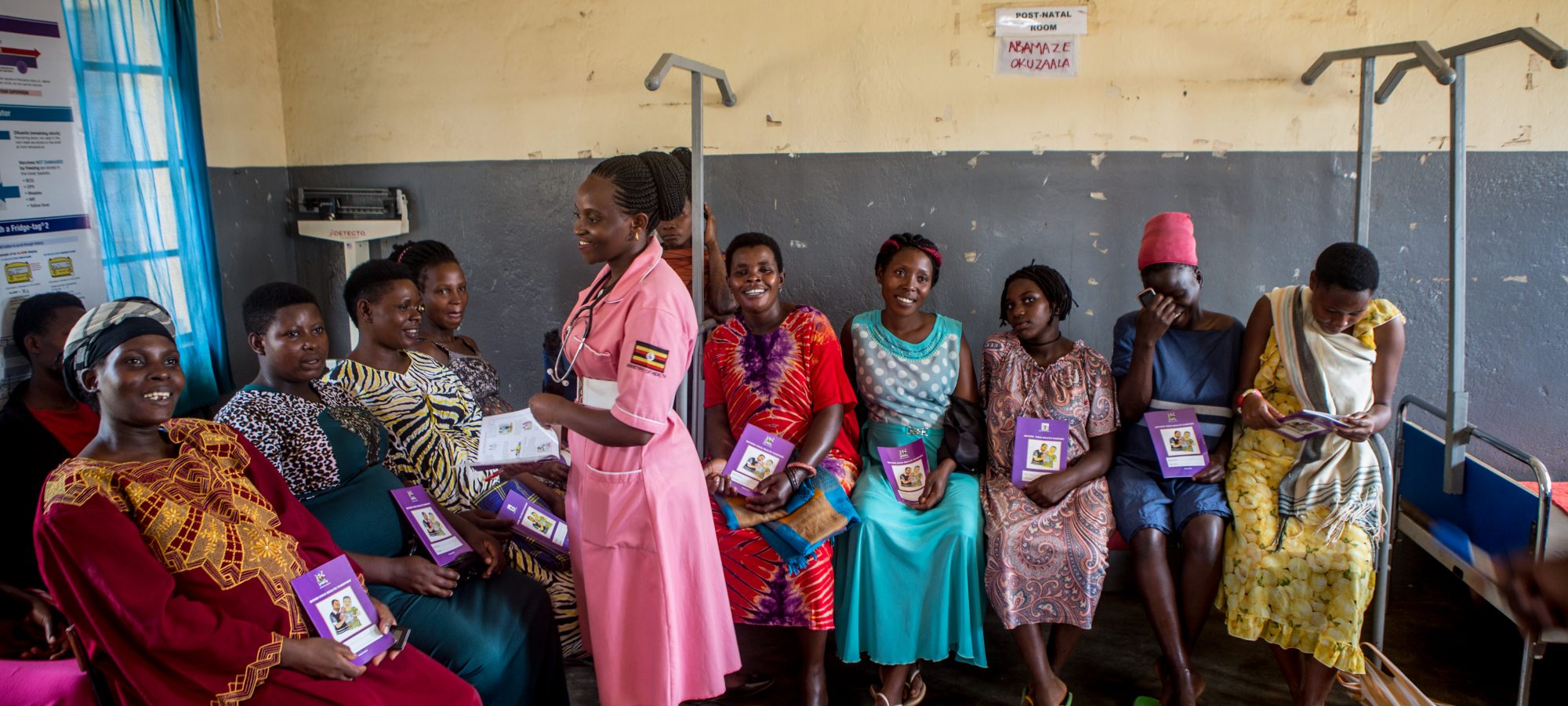Malaria in pregnancy is a serious public health issue. It kills an estimated 10,000 women globally every year, and substantially raises the risk of premature birth, anaemia and low birth weight — all of which are major contributors to neonatal and infant deaths.
In 2018, an estimated 11 million pregnant women living in sub-Saharan Africa were infected with malaria, and nearly 900,000 children were born with a low birth weight due to malaria in pregnancy.
The WHO recommends a combination of three interventions for the prevention and treatment of malaria in pregnancy in endemic regions:
-
Pregnant women should sleep under long lasting insecticidal nets every night.
-
Pregnant women should be able to access intermittent preventive treatment in pregnancy (IPTp) with sulfadoxine-pyrimethamine (SP) through antenatal care services in all areas with moderate to high malaria transmission. The WHO recommends at least three doses of SP during pregnancy.
-
Pregnant women should have access to prompt diagnosis and effective treatment of malaria infections.
Missing the targets
The figures, however, suggest that these recommendations are not being heeded. In 2018, only 61% of pregnant women and children in sub-Saharan Africa slept under an insecticide-treated net.
IPTp coverage is even lower. Among 36 African countries that reported IPTp coverage levels in 2018, only an estimated 31% of eligible pregnant women received the recommended three or more doses of SP.
The lack of available information for pregnant women is a key issue. Often pregnant women and their spouses attend their first antenatal care (ANC) clinic too late into their pregnancy, and therefore do not receive the crucial doses of SP early enough. This creates a major barrier for IPTp coverage.
Women who have not received information on the dangers of MiP may not understand the risks, and may not be able to protect themselves by, for example, sleeping under an insecticide-treated net. Pregnant women may sometimes be given misinformation about the medicines they will receive at ANC appointments, which prevents them from taking IPTp as directed — and religious or cultural beliefs, or social customs, can sometimes prevent women from attending ANC in the first place.
So what can be done?
Increasing coverage — and uptake — of antimalarial medication and long lasting insecticidal nets is key to preventing malaria in pregnancy.
We need to improve awareness of the dangers of malaria in pregnancy within whole communities — including social and religious leaders — and encourage all pregnant women to attend antenatal care, where they will be tested for malaria and given a free insecticide-treated net.
Community health workers also need to explain and reassure mothers about the services and medicines they would receive at ANC. They need to dispel myths that attending antenatal care is dangerous or pointless, and pregnant women should be encouraged to attend ANC for the full term of their pregnancies. Health workers can also ensure women take the recommended doses of IPTp through directly observed therapy (DOT).
We also urgently need to find a chemoprevention treatment that is safe for pregnant women to take in their first trimester. Currently, IPTp is only approved for use in the second and third trimesters, thus leaving pregnant women vulnerable and risking the life of the unborn baby. Artemisinin-based combination therapy (ACT) should be recommended by WHO and adopted by national governments for use by pregnant women in the first trimester as a treatment for uncomplicated malaria.
Finally, we need to embed strategies to combat malaria in pregnancy into all national malaria control programmes.
Malaria continues to strike hardest against pregnant women and children in Africa. We need to act now to protect them.
Case study: What Malaria Consortium is doing for MiP in Uganda
In Uganda, only 41% of pregnant women receive at least three doses of antimalarial medication and 65.4% of pregnant women sleep under insecticide-treated nets. In addition, only 19% of pregnant women attend their first ANC visit in the first trimester and low attendance for the fourth ANC visit has also been recorded.
Through the Malaria Action Program for Districts, a five-year, USAID-funded programme implemented by Malaria Consortium, we are supporting the Government of Uganda to reduce childhood and maternal morbidity and mortality due to malaria.
We are training health workers through mentorship and supervision to improve knowledge, practices, attitude and skills on the provision of MIP services and improving provider communication. Job aids have also been created and provided to help guide health workers in the delivery of MiP services.
The project is also working on an increased mobilisation of the community to encourage pregnant women and their spouses to attend ANC as early as possible in the first trimester in addition to attending ANC at least eight times during the pregnancy. Community, religious and cultural leaders need to understand the benefits of ANC so they encourage mothers to attend.
A need for more funding will be crucial to address the issues associated with malaria in pregnancy. Some of the priorities include the provision of MiP commodities, especially SP in both the private and public sectors, and long lasting insecticidal nets (LLINs) in the private sector. Social and behaviour change (SBC) interventions to promote early ANC attendance, SP and LLIN uptake as well as malaria prevention and prompt seeking of care by pregnant women will be essential in the fight against malaria in pregnancy.
In addition, funding can be used for the mentorship of health workers to minimise missed opportunities, improve data management, and improve the MiP commodities supply chain management, including quantification and logistics management. Funding will also help disseminate revised ANC guidelines and provide job aids and guidelines for health workers.
Marie Bellanger is Communications Officer at Malaria Consortium
